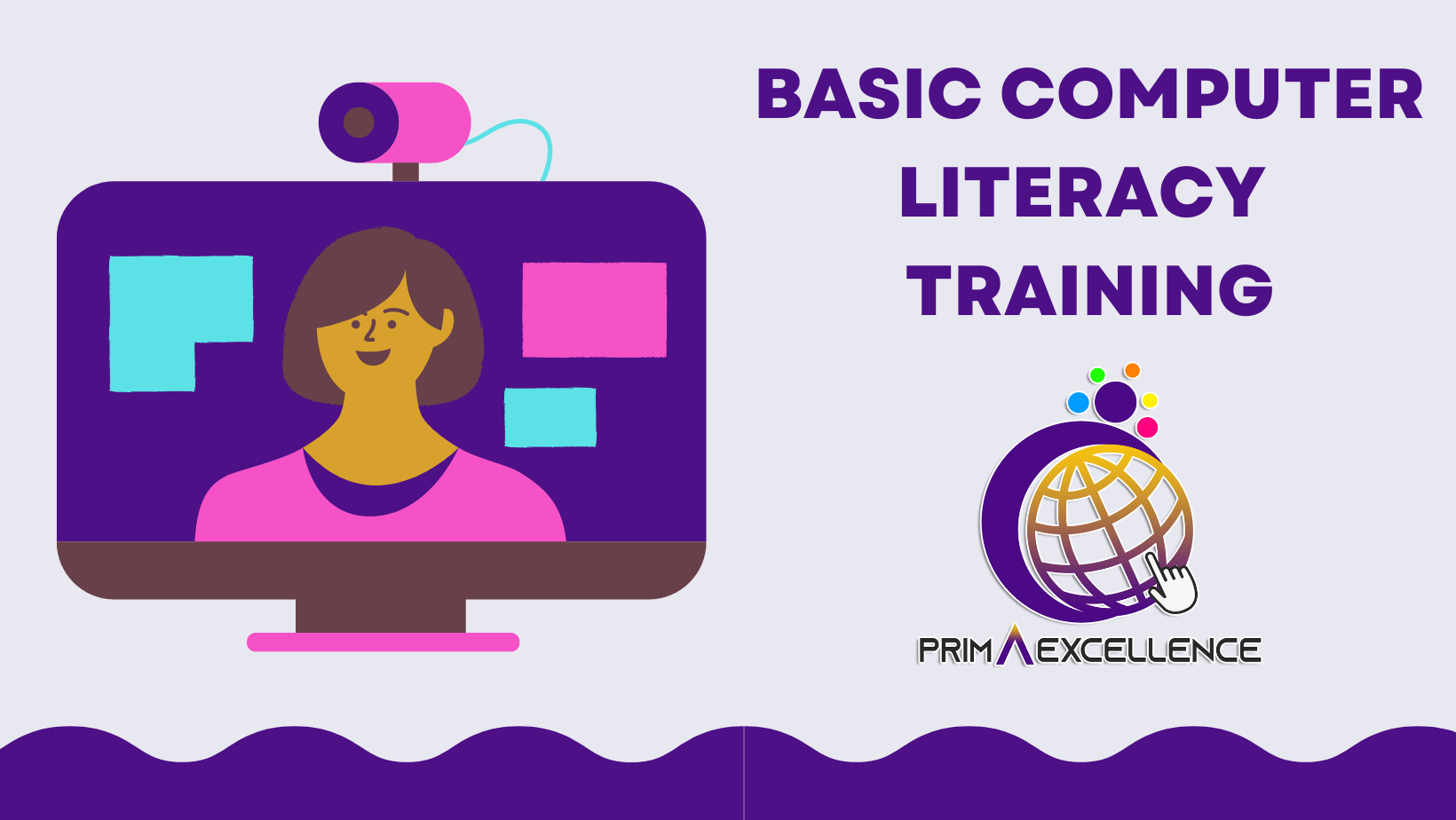SOCIAL SCIENCE MAJORS

SAVE
64%
About Bundle
The Strategies for Teaching Gender Issues with Basic Computer Literacy Training course is designed to equip educators with effective strategies for integrating gender issues into their teaching practices while also providing participants with basic computer literacy skills. This course is ideal for educators who aim to promote gender equality, challenge stereotypes, and create inclusive learning environments. Participants will explore key concepts related to gender, develop pedagogical approaches to address gender issues, and gain practical computer literacy skills to enhance their instructional methods.
Courses in the Bundle (2)
-
BASIC COMPUTER LITERACY TRAINING
By Christie Busito | Category: Professional Teachers


